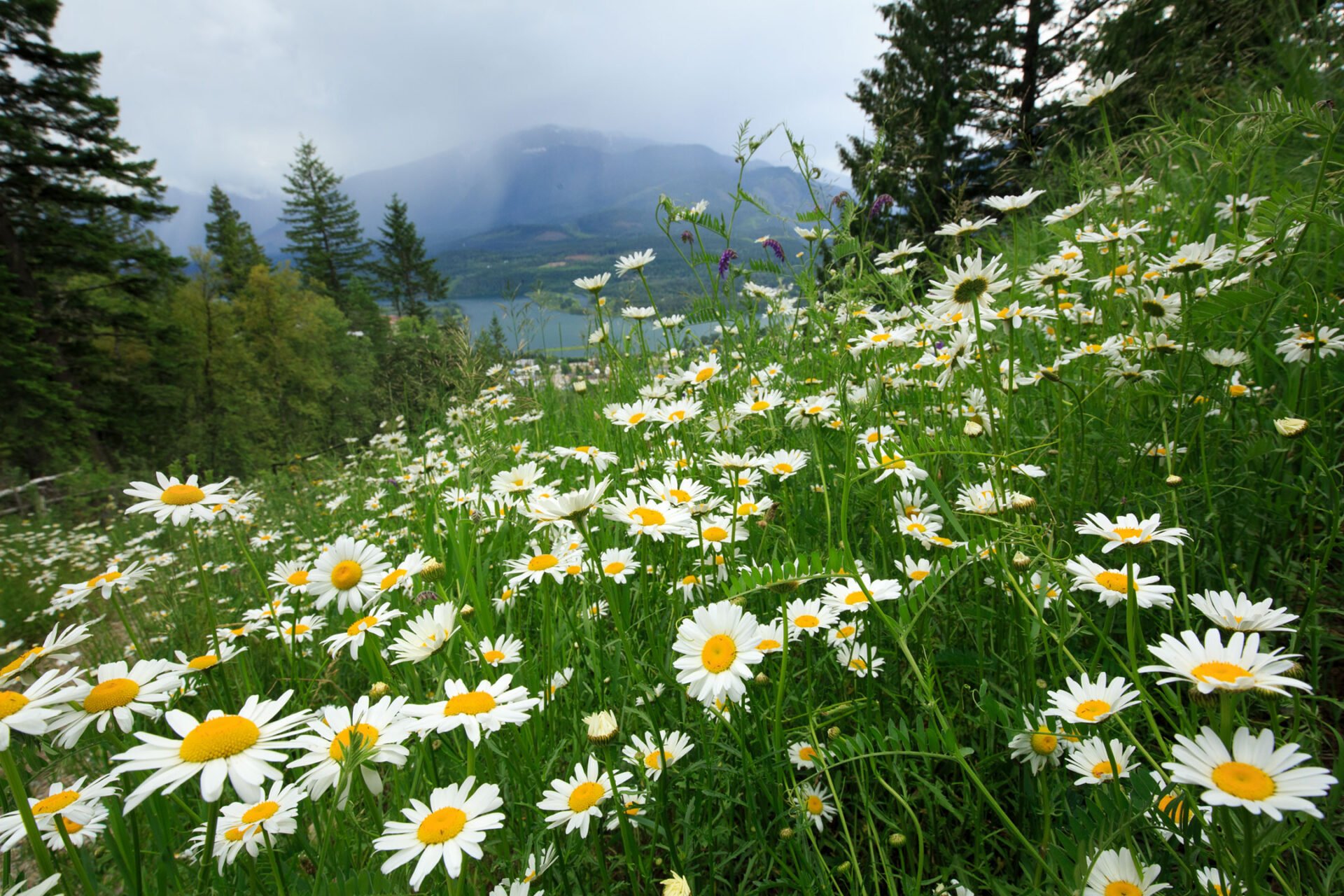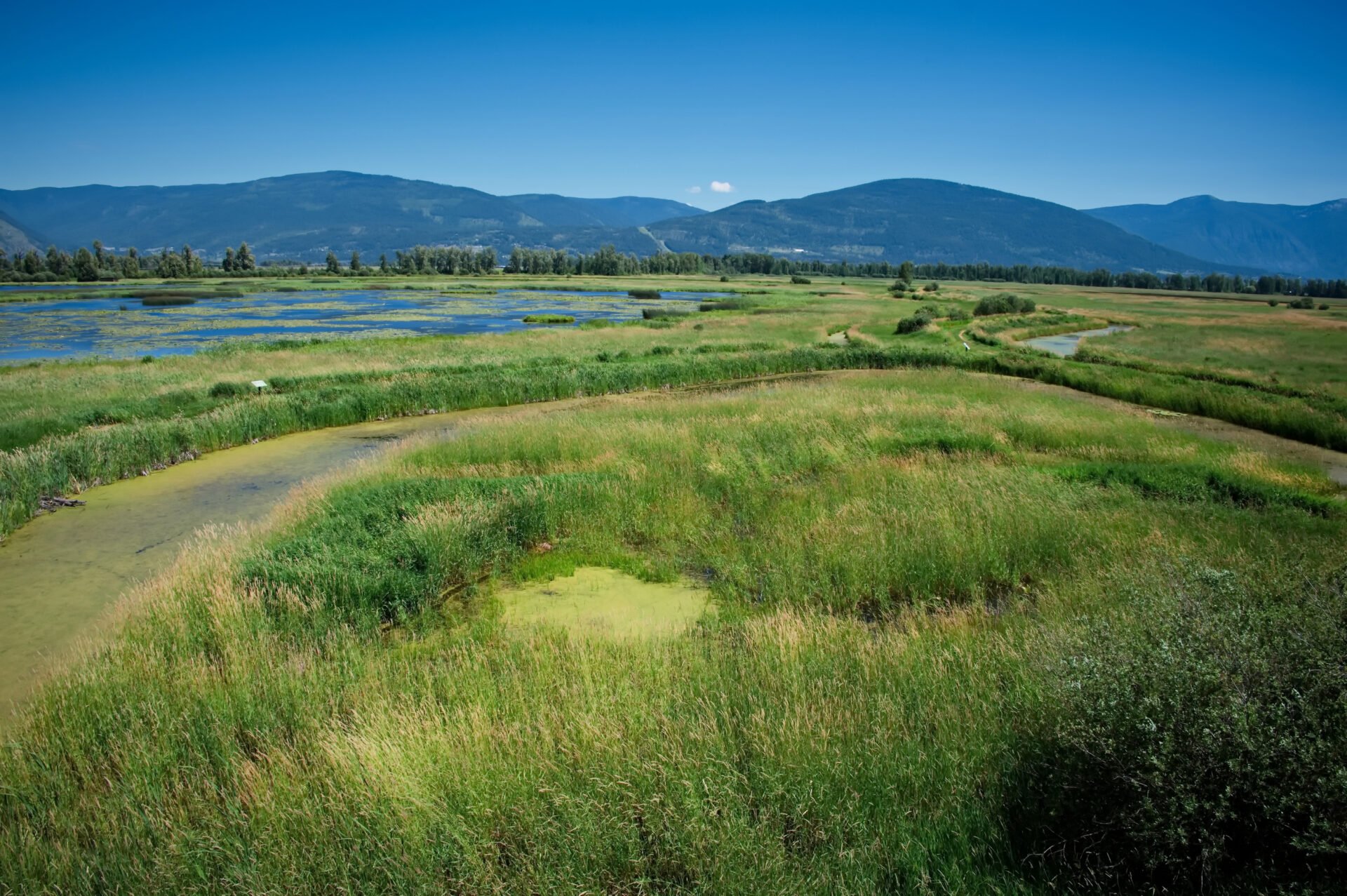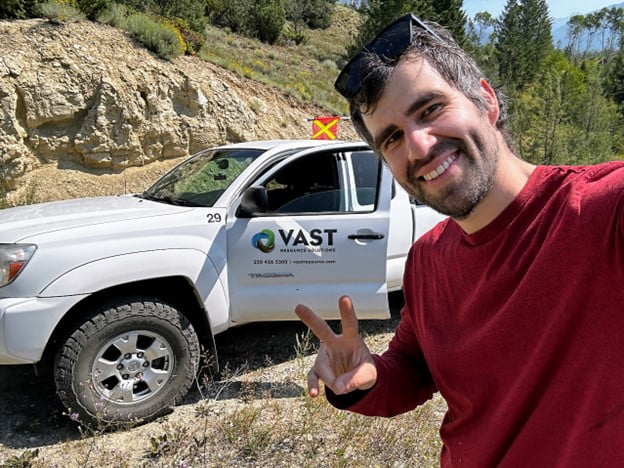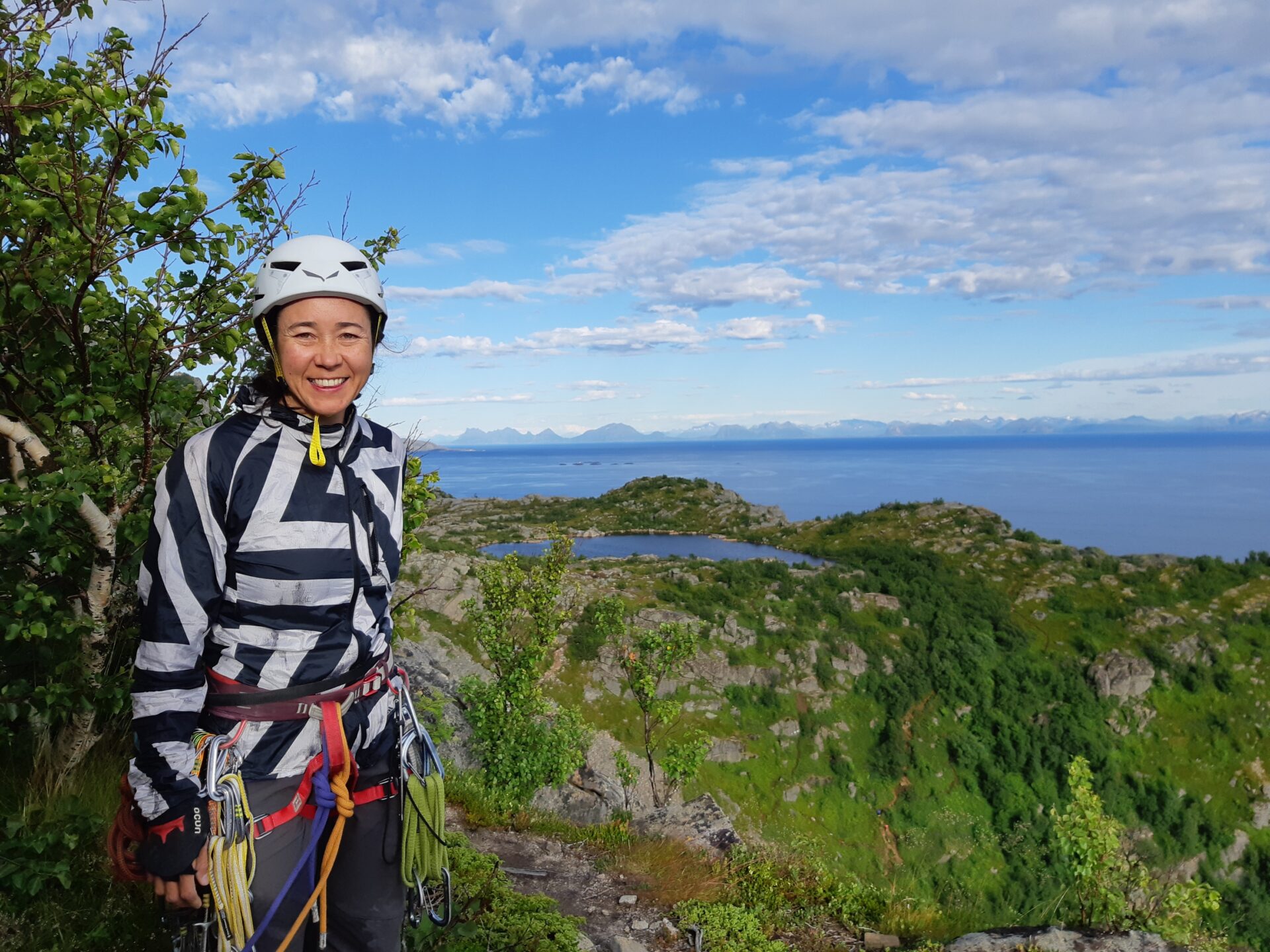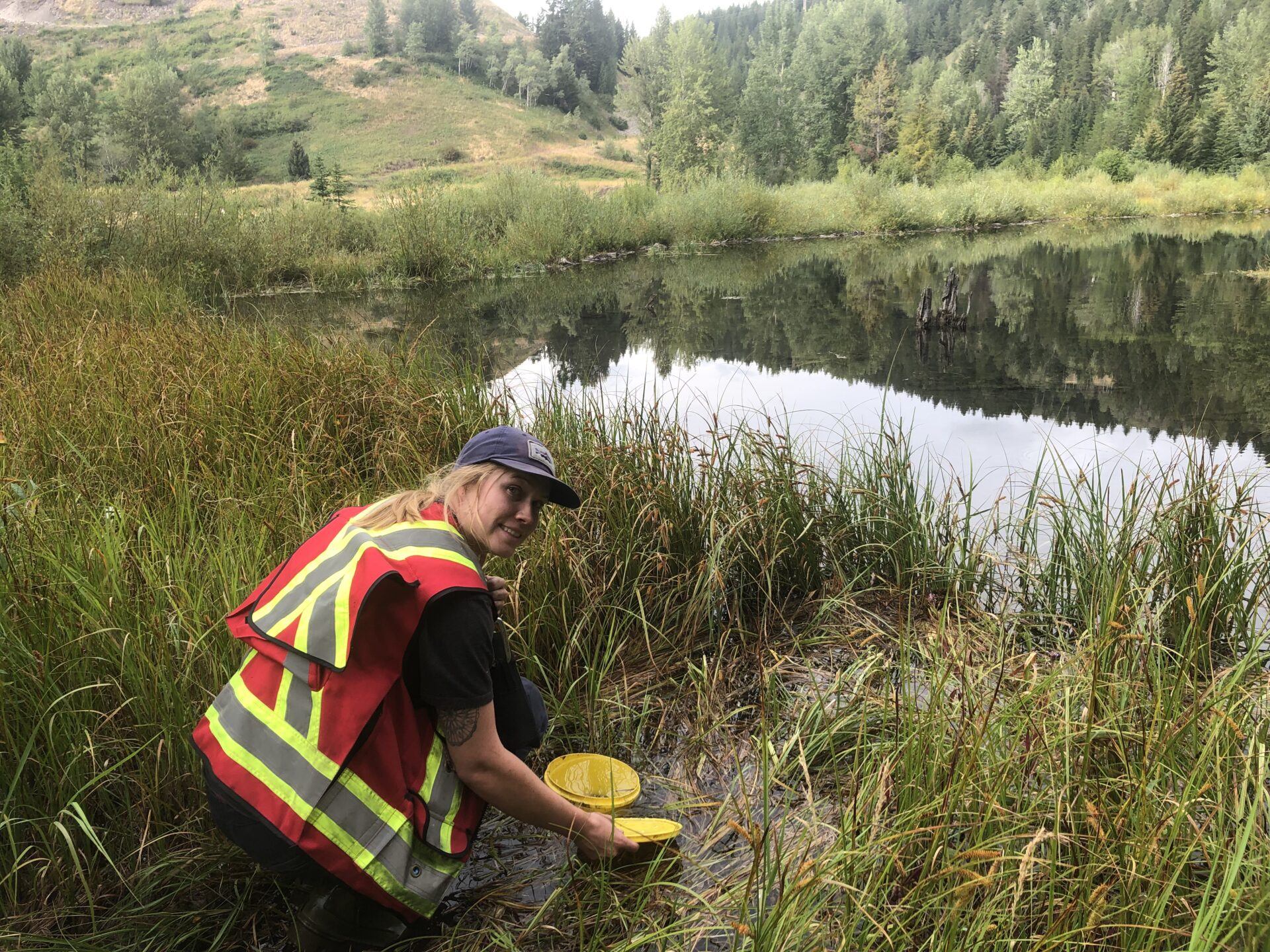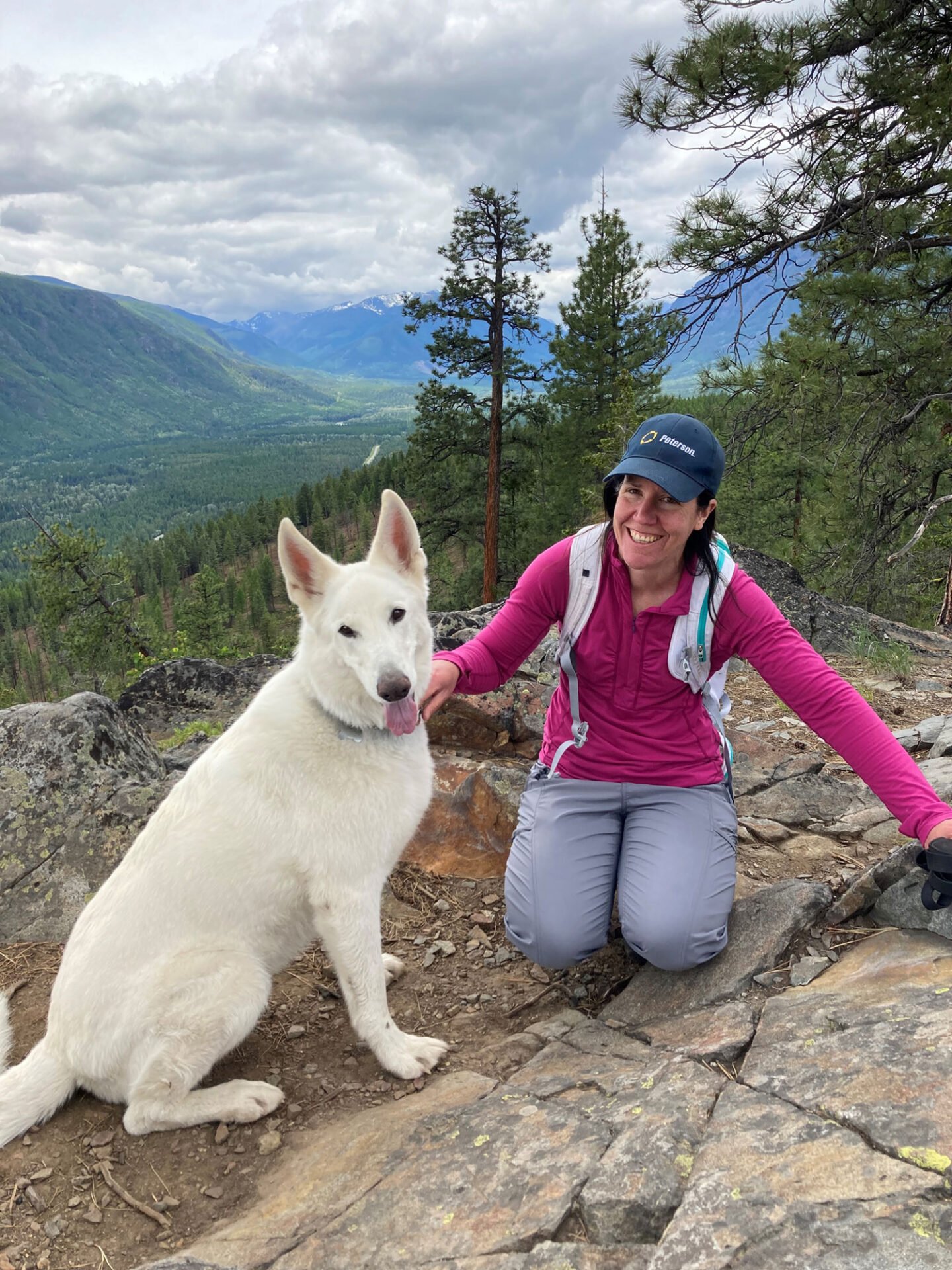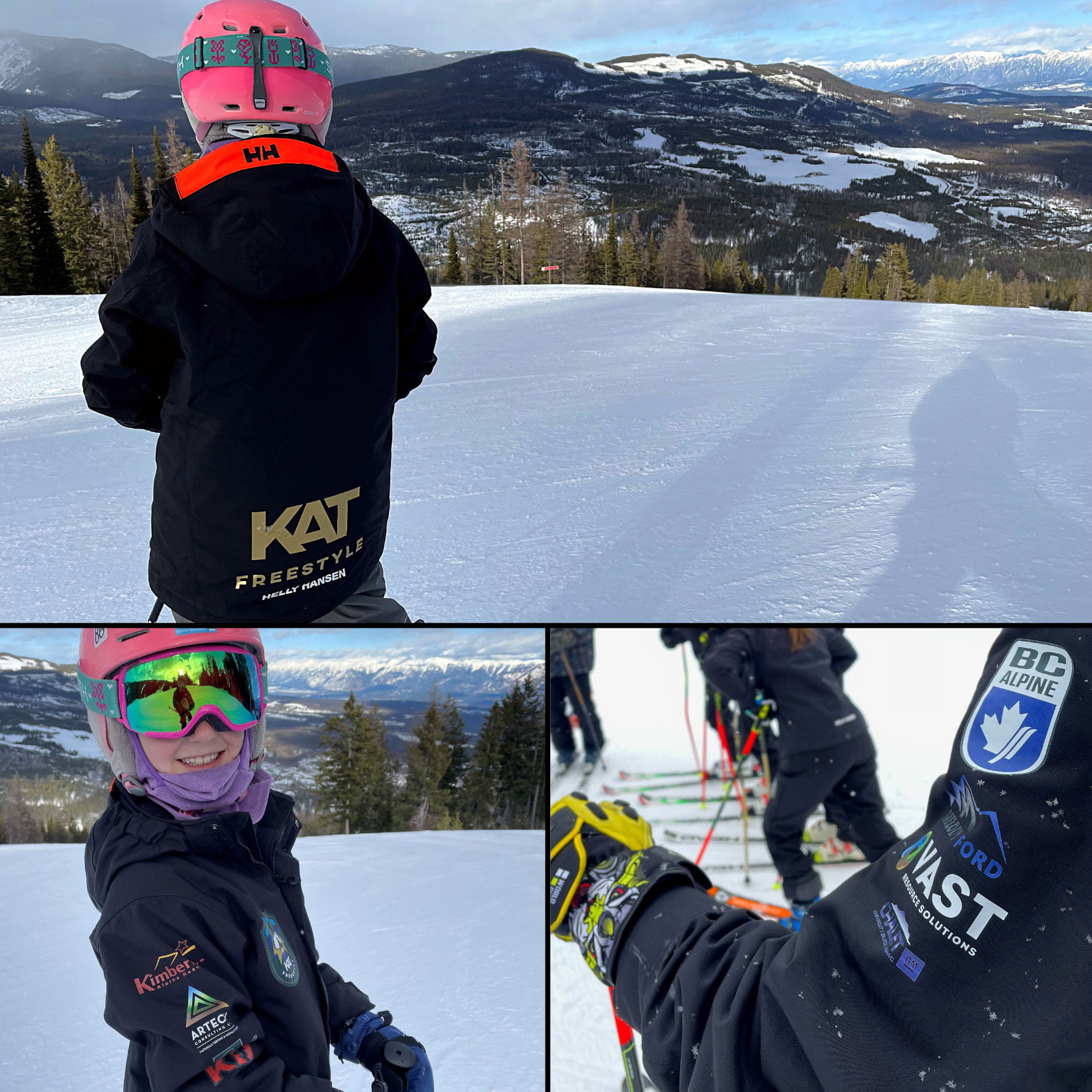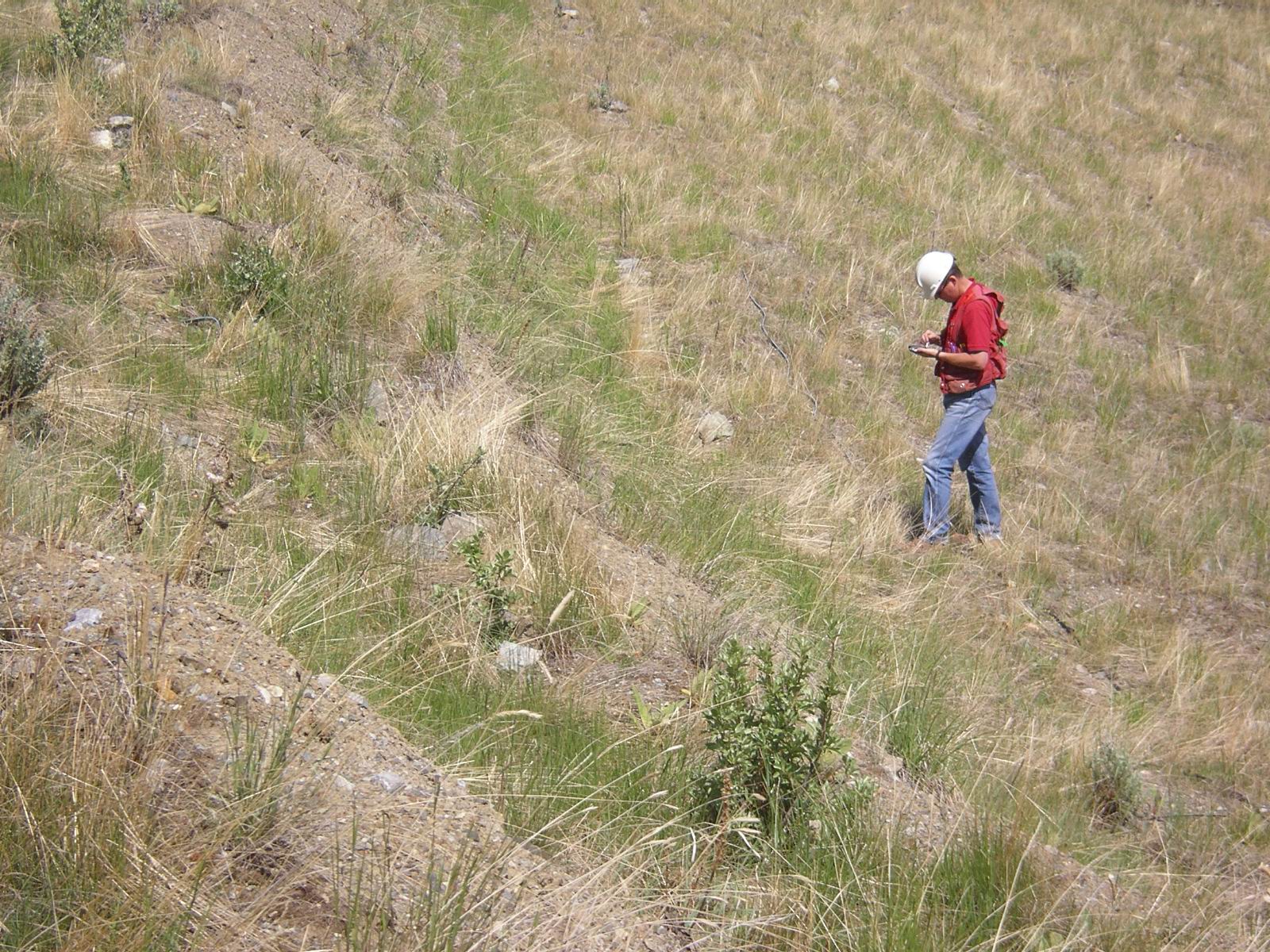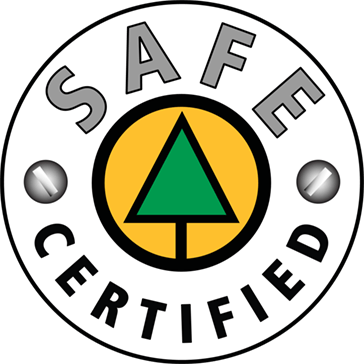Navigating the Night: Helping industry understand and protect the world of B.C.’s bats
In the heart of British Columbia’s diverse ecosystems, the sunset marks the beginning of a thriving world—the realm of bats. B.C. has the greatest diversity of bats in all of Canada; it’s home to 15 of the 17 bat species in the country, all of which are protected under the BC Wildlife Act. It’s important that we reduce threats to bat populations by protecting their ecosystems and better understanding their habitats, behaviour, and health.
“Bats, often misunderstood, play a unique and essential role in our ecosystems—from controlling nocturnal insect populations, which can impact the agricultural and forestry sectors, to cycling nutrients from wetlands to forests,” said Emily de Freitas, Junior Wildlife Biologist at VAST. “VAST works with industry clients to collect project-specific data and information, conduct environmental impact assessments, manage habitat conservation and restoration, ensure regulatory compliance, and integrate innovative technologies that can reduce negative impacts on bats.
“Through detailed research and the development of sustainable practices, VAST is able to support both economic development and the protection of bats.”
de Freitas completed a Bachelor of Science in Biology at the University of Guelph and a Master of Science in Natural Resources and Environmental Studies with a focus on bat ecology at the University of Northern British Columbia.
“Bat research and protection has emerged as an environmental priority, partly due to a better understanding around the vital role bats play in our ecosystems, but also due to the fairly large threat of white-nose syndrome, which is a fungal disease that is moving into Western bat populations. Bats also face threats from wind energy and habitat loss.”
VAST Resource Solutions’ specialized bat-related services include:
- Bat Capture: Requiring a more hands-on approach, our team specializes in bat capture, which adheres to strict ethical guidelines, ensuring the well-being of both bats and researchers. Through this process, we can answer in-depth questions about bat populations and contribute to broader conservation efforts.
- Bat Habitat Surveys: Bat surveys involve systematic assessments of bat habitat in specific regions. These surveys help us understand roosting preferences, habitat needs, and potential threats. Our data-driven approach allows us to tailor conservation and management strategies to address the unique needs of the region’s bat species.
- Artificial Habitat Creation: To promote cohabitation and support habitat, we offer expertise in installing artificial bat roosts. These structures provide safe and secure havens for bats to roost, and raise their young. By strategically placing these structures in suitable locations, we aim to enhance local bat populations and contribute to the overall health of ecosystems.
VAST’s wildlife biology services offer a comprehensive approach to bat conservation in the Kootenays. From cutting-edge acoustic analysis and ethical capture methods to bat habitat surveys and habitat enhancement through artificial roosts, our team is dedicated to understanding these nocturnal marvels and ensuring bat management plans that create a harmonious coexistence between bats, industry, and the diverse ecosystems of British Columbia.



